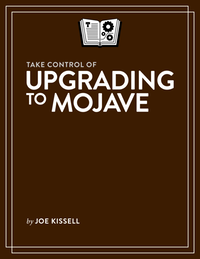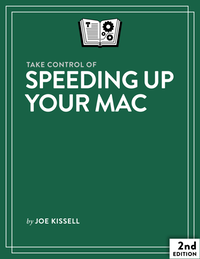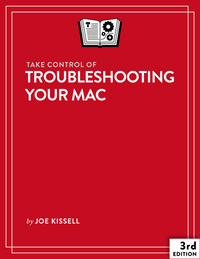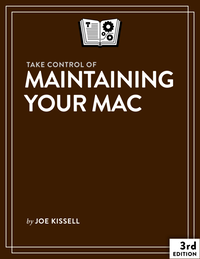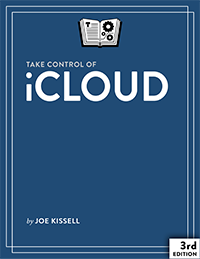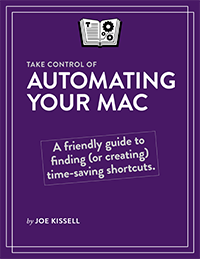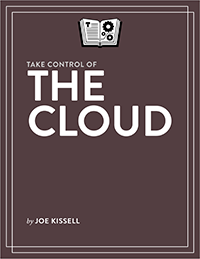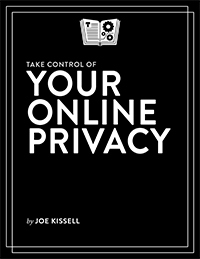Tech Heroes: Mr. Rogers
Note: This is the third in a series of articles on my technology heroes, three figures who inspired this site and my whole approach to technology. You can also read about Spock and Douglas Adams.
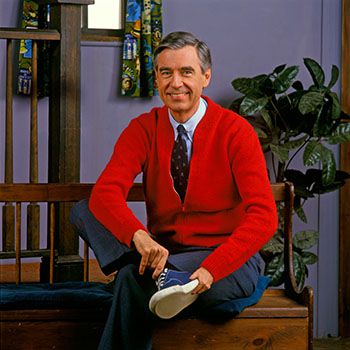
I’m going to go out on a limb and guess that Mr. Rogers is not the very first name that pops into your mind when you think of technology. Fair enough. But Fred Rogers, the beloved host of the children’s series “Mr. Rogers’ Neighborhood” from 1968–2001, is among my top tech heroes, and I’d like to tell you why.
Even in the years before I was old enough to watch Star Trek, I was fascinated with gadgets, tools, and learning how things work. And in fact, I watched Mr. Rogers as much for the technology as for the neighborly guy with the sweater and the songs. To wit:
-
The very first thing you see when the opening credits shift from the model town to the interior set is the full-size traffic light mounted on the wall of his studio “house.” A traffic light you can control yourself? I’m in.
-
Just to the left of the traffic light is Picture Picture, which is just a frame around a rear-projection screen with a slide projector behind it. Every episode it shows a different work of art. Low-tech, yes, but in the days before digital picture frames and flat-screen TVs, it was pretty neat.
-
He walks in, singing “It’s a beautiful day in this neighborhood…,” takes off his coat, and puts on his trademark zippered cardigan. Every kid knows zippers are a cooler technology than buttons, and less complicated to fasten and unfasten.
-
He takes off his street shoes and puts on sneakers, which are more comfortable and quieter—a better footwear technology for indoors.
-
After an introductory segment, he usually sits down on a window bench next to an oversized model railroad track and flips a switch by his knee to summon Trolley. It’s basically an electric train (what kid doesn’t love electric trains?) that can go forward or backward and ring its bell, and it disappears through a hole in the wall to travel to the Neighborhood of Make-Believe. Far out.
-
Very often, Mr. Rogers takes viewers on field trips to visit places factories, workshops, studios, and other places where things are made or repaired. These and other “behind-the-scenes” segments helped me as a kid understand how things work and demystified complex objects.
So that’s how I thought about Mr. Rogers—an ordinary guy helping us learn how the world works, and using technology in subtle but important ways to do so. And because he always described himself as my neighbor—not an expert or authority figure—it reinforced the idea that everyone can learn and figure things out, not just specially smart or privileged or talented people. I think a lot of today’s tech media could take a lesson from that approach.
But when I say Mr. Rogers is a tech hero, I also mean it in a more literal way.
Back in the early 1980s, Universal Studios sued Sony over the Betamax VCR. TV studios didn’t want consumers to be able to record live TV and play it back at their leisure (perhaps even—gasp!—skipping over the commercials). The studios wanted control over programming. Either you sit through our ads or you pay us for prerecorded videocassettes, but none of this sneaky time-shifting business.
Mr. Rogers testified on behalf of Sony:
I have always felt that with the advent of all of this new technology that allows people to tape the “Neighborhood” off-the-air … they then become much more active in the programming of their family’s television life. Very frankly, I am opposed to people being programmed by others. My whole approach in broadcasting has always been “You are an important person just the way you are. You can make healthy decisions.” … I just feel that anything that allows a person to be more active in the control of his or her life, in a healthy way, is important.
—Fred Rogers, Universal Studios vs. Sony Corporation of America (1983)
The case eventually made it all the way to the Supreme Court, which ruled in Sony’s favor and cited the quote by Mr. Rogers. Although by that time, VHS had already killed Betamax in the market, the precedent permitted VCRs (of whatever stripe) to record live TV. Had it not been for that decision, today’s TiVo and other DVRs might have been illegal. And that would have been awful, because technologies like the VCR and DVR not only give people more control over their time, they also offer control over ad consumption, which is important for one’s mental health.
Thanks, Mr. Rogers!
I grew up near Pittsburgh, Pennsylvania, where Mr. Rogers’ Neighborhood was recorded. In high school, on a class field trip, I visited the WQED studios. While the students were waiting in the cafeteria for the tour guide to arrive, an elevator door opened across the room, and out stepped Fred Rogers. I smiled and waved at him. He smiled and waved back. I was too shy to walk over and say hello (and also, you know, high school students are supposed to be too cool for Mr. Rogers), but I was just tickled to have had even that much contact with him.
Mr. Rogers was kinder, friendlier, and more sincere than I could ever hope to be. But I like to think that at least a tiny bit of his worldview has stayed with me. When I encounter mean people, internet trolls, entitled hipsters, and other disagreeable people, I try to imagine how Mr. Rogers would react. I’ll bet he’d tell them what he always told me:
You’re my neighbor. You’re special. And I like you just the way you are.



